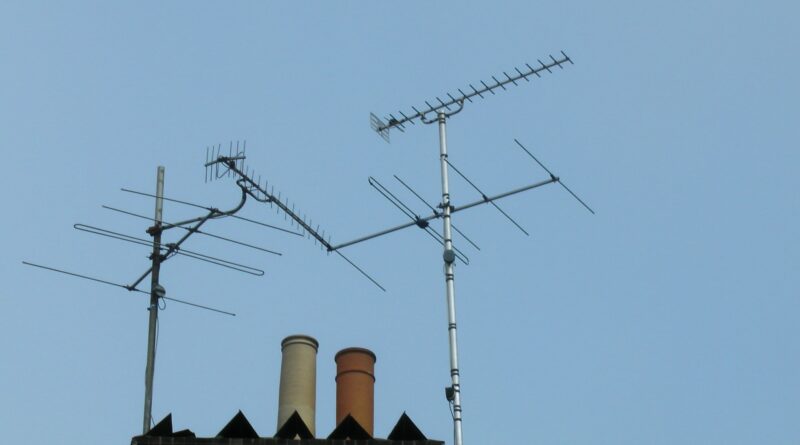What You Need to Know Before Buying an Indoor HDTV Antenna
In today’s age of streaming services and digital television, the use of indoor HDTV antennas is making a comeback. These antennas offer a cost-effective way to access local channels and enjoy high-definition content without the need for a cable or satellite subscription. However, before you rush into purchasing one, there are several important factors to consider to ensure you make the right choice for your needs. In this guide, we’ll explore everything you need to know before buying an indoor HDTV antenna.
Before diving into the buying process, it’s essential to understand what exactly an indoor HDTV antenna is and how it works. Unlike traditional outdoor antennas, indoor HDTV antennas are designed to be placed inside your home, typically near a window or on a wall. These antennas receive over-the-air television signals broadcast by local TV stations and deliver them to your television in high definition.
Assessing Your Location
One of the most critical factors to consider when buying an indoor HDTV antenna is your location relative to the broadcasting towers. The effectiveness of your antenna largely depends on how far you are from these towers and whether there are any obstacles, such as buildings or terrain, that could interfere with the signal. Before making a purchase, use online tools or smartphone apps to determine the direction and distance of the nearest broadcasting towers from your location.
Types of Indoor HDTV Antennas
Indoor HDTV antennas come in various shapes, sizes, and designs, each with its own set of features and capabilities. The two primary types of indoor antennas are flat antennas and amplified antennas. Flat antennas are thin, lightweight, and often adhere to a wall or window, making them ideal for discreet placement. Amplified antennas, on the other hand, include a built-in signal amplifier to boost reception, making them suitable for areas with weaker signals or greater distances from broadcasting towers.
Consider Your Viewing Needs
Before buying an indoor HDTV antenna, it’s essential to consider your specific viewing needs and preferences. Take inventory of the channels you want to receive and whether they are available over-the-air in your area. Additionally, consider whether you require additional features such as 4K compatibility, multi-directional reception, or the ability to connect multiple televisions to a single antenna.
Researching Brands and Models
With a plethora of indoor HDTV antenna brands and models on the market, it can be overwhelming to choose the right one. Take the time to research reputable brands known for their quality and reliability. Read reviews from other consumers to gauge the performance and durability of different models. Pay attention to factors such as signal strength, ease of installation, and overall customer satisfaction when comparing options.
Installation and Setup
Installing an indoor HDTV antenna is typically a straightforward process, but it’s essential to follow the manufacturer’s instructions carefully for optimal performance. Most antennas can be easily mounted on a wall or window using adhesive strips or screws provided with the antenna. Once installed, use the antenna’s coaxial cable to connect it to the antenna input on your television. Then, perform a channel scan on your TV to detect and program available channels.
Testing and Adjustments
After installing your indoor HDTV antenna, it’s essential to test its performance and make any necessary adjustments for optimal reception. Start by conducting a channel scan to see which local channels are successfully received. If you encounter any issues or missing channels, try repositioning the antenna to different locations within your home, ideally near a window facing the direction of the broadcasting towers. Additionally, consider using a signal amplifier or a different antenna model if reception remains poor.
Final Considerations
Before finalizing your purchase, there are a few additional factors to consider. Check the warranty and return policy offered by the manufacturer to ensure you’re protected in case of any defects or performance issues. Additionally, consider the long-term cost savings of using an Indoor and Outdoor Digital hdtv Antenna compared to a cable or satellite subscription. While the initial investment may seem small, the ongoing savings can add up over time.
Choosing the right indoor HDTV antenna requires careful consideration of several factors, including your location, viewing needs, and budget. By understanding how indoor antennas work, researching different brands and models, and properly installing and testing your antenna, you can enjoy high-definition television programming without the need for a costly subscription. With the information provided in this guide, you’re now equipped to make an informed decision and enjoy the benefits of free over-the-air television.

